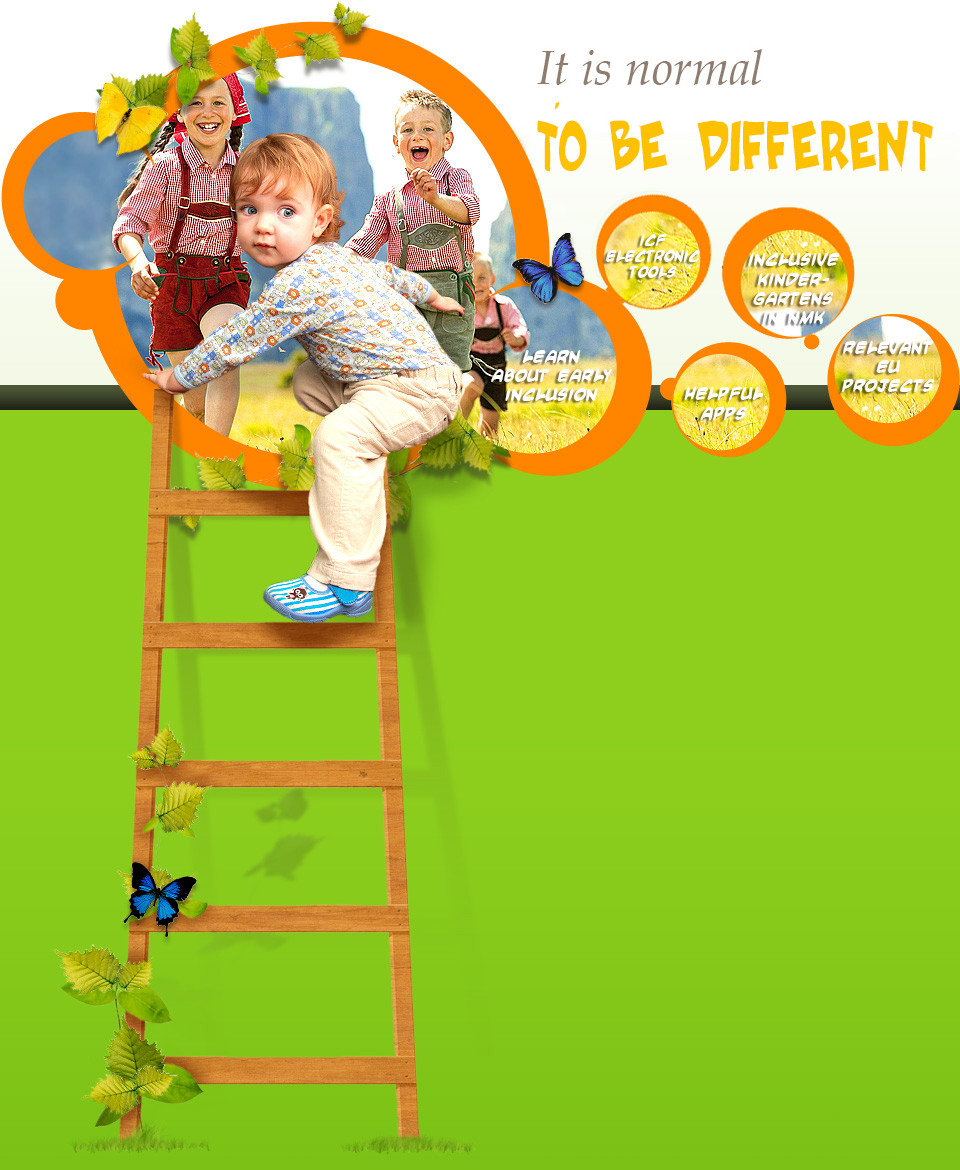
Education for All wishes to initiate a discussion process in North Macedonia about the need to think about categories of diversity. In order to understand diversity, we present you the text of Professor Manfred Pretis, PhD (2014) on this topic.
If we imagine a kindergarten with 5 groups of 20 children each (see Baierl & Kaindl, 2011), that would be 100 children. 11 out of every 100 children were born outside of their original context of live and show migration experience or migration background. 11 out of every 100 children were born too early or prematurely (Kohlhauser et al., 2000). 7 out of every 100 children live in poverty or in poverty-threatening life context. 3 out of every 100 children are demonstrating massive language problems. 3 out of every 100 children will show in some form significant developmental problems (in sense of disability or threatened disability) regarding the learning, the movement or the sensory perception. 3-4 out of every 100 children in our kindergarten will probably have the diagnosis ADHD at the time of the school enrollment. 1 child out of the 100 children will be exposed to such massive social risks, so he is at risk of becoming disabled (Trost 1991). 4 out of every 100 children in the group are highly talented. Sum: ~40% (see also Schlack et al. 2008 in the German KIGGS-Study).
Diversity is not an exception, but rather a rule.